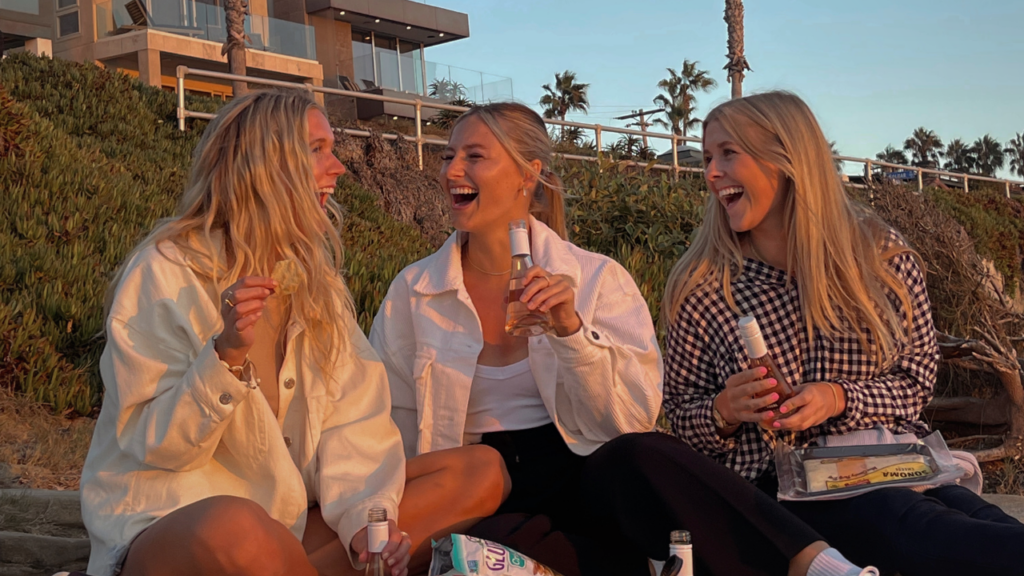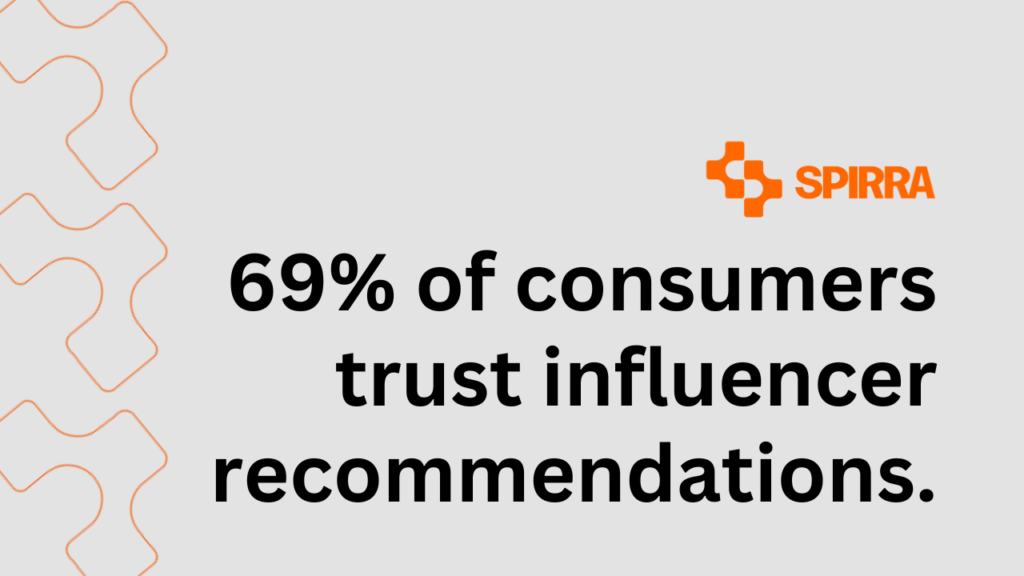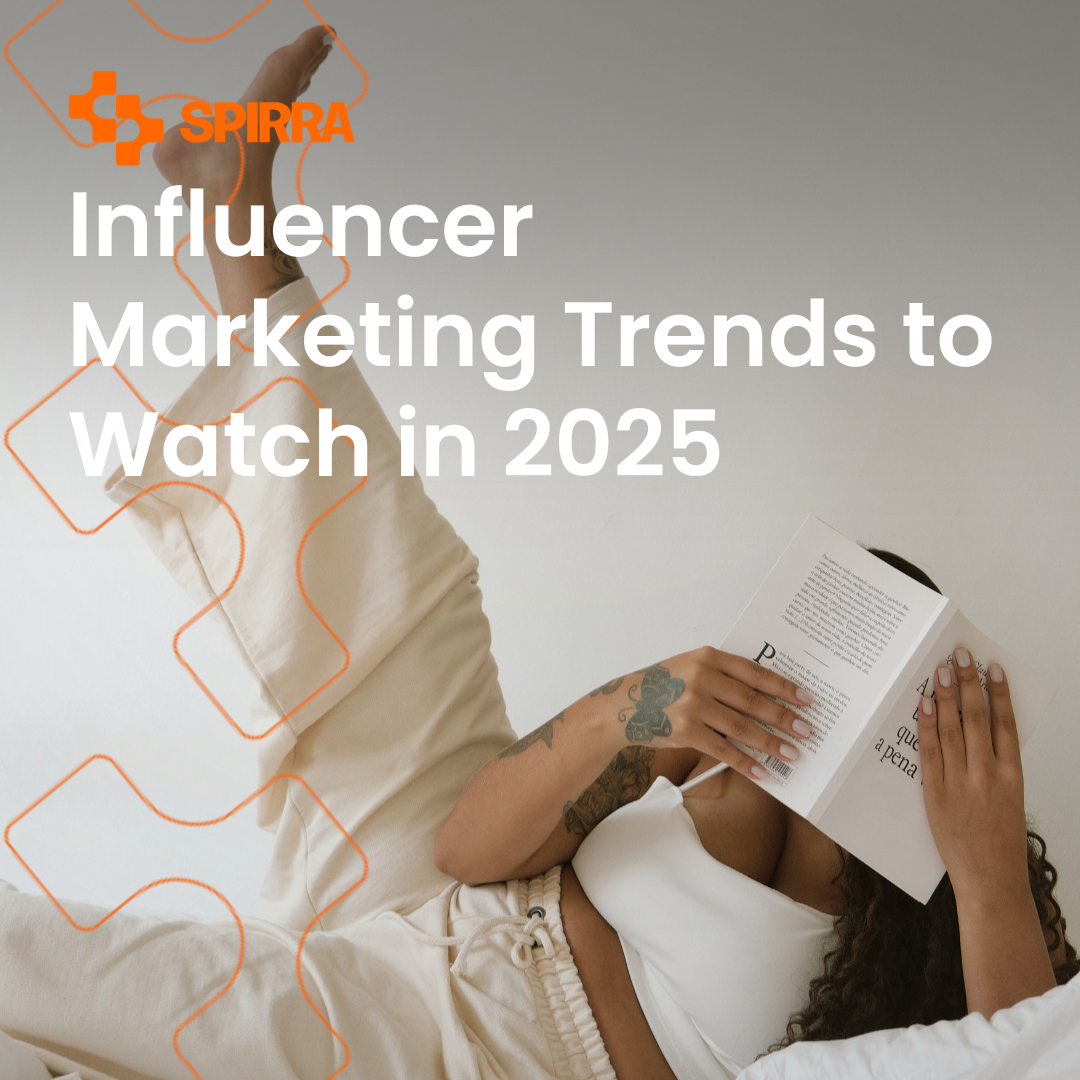The world of marketing rarely stands still, and nowhere is this truer than in the dynamic realm of influencer marketing. As we step into 2025, the landscape is evolving at an unprecedented pace, driven by shifts in consumer behavior, technological advancements, and a renewed focus on genuine connection. For brands seeking to cut through the digital noise and forge authentic relationships with their target audiences, understanding these pivotal influencer marketing trends is not just beneficial—it's absolutely essential.
This comprehensive guide will unpack the most impactful shifts shaping influencer marketing trends in the coming year, providing actionable insights for brands to adapt, innovate, and thrive. We'll explore everything from the rise of new creator tiers to the transformative power of AI, ensuring your strategy is not just current, but future-proof.
Key Takeaways:
- Nano and Micro-Influencers Reign Supreme for Engagement: Don't chase vanity metrics. Micro-influencers boast an average engagement rate of 3.86% on Instagram, significantly higher than mega-influencers (1.21%). Brands are increasingly working with 33% more micro and nano influencers annually. Their authentic connection drives superior impact and ROI.
- Authenticity and Transparency Are Non-Negotiable: Consumers demand realness. 69% of consumers trust influencer recommendations, but this trust hinges entirely on genuine, unbiased content. Over 88% of consumers believe influencers should sincerely care about what they promote. This trend is leading to a surge in long-term, value-aligned partnerships.
- Video Content Dominates Across All Platforms: Short-form video is king, with 73% of consumers preferring it to learn about products. Instagram Reels and TikTok videos are consistently top-performing formats, indicating a shift towards dynamic, visually engaging narratives. Live streaming is also on the rise, offering immediate, authentic interaction.
- AI is Revolutionizing Every Stage, Not Replacing Humans: AI isn't coming for creators' jobs; it's empowering brands and influencers with efficiency. 63% of professionals plan to use AI and Machine Learning for influencer marketing. AI excels at optimizing discovery, predicting performance, and automating workflows, freeing up human creativity.
- Long-Term Partnerships Drive Superior ROI: The era of one-off transactions is fading. 49% of creators favor long-term campaigns, recognizing the mutual benefits of sustained relationships. Brands engaging in an "always-on" approach are 17 times more likely to report effectiveness (according to Sprout Social).
- The Creator Economy Continues Its Explosive Growth: The global influencer marketing platform industry alone is projected to hit nearly $33 billion in 2025, demonstrating brands' increasing reliance on specialized tools to manage complex creator collaborations.
The Continued Rise of Nano and Micro-Influencers

For years, the allure of mega-influencers and celebrities with millions of followers held a strong pull for brands. The thinking was simple: more eyeballs equal more impact. However, one of the most significant influencer marketing trends shaping 2025 is the undeniable shift towards smaller, more niche creators.
Why are brands increasingly looking past the big names? The answer lies in authenticity and engagement. Nano-influencers (1,000-10,000 followers) and micro-influencers (10,000-100,000 followers) cultivate deeply connected, highly engaged communities. Their followers often feel a personal connection, viewing them as trusted friends or experts, rather than distant celebrities. This intimate relationship translates directly into higher engagement rates. Indeed, research consistently shows micro-influencers boasting an average engagement rate of 3.86% on Instagram, a stark contrast to the 1.21% seen with mega-influencers. This isn't just a marginal difference; it’s a threefold increase in interaction.
For brands, this means a more targeted, cost-effective, and ultimately, more impactful approach. We're seeing a clear movement, with brands now working with 33% more micro and nano influencers annually. These smaller creators offer a compelling proposition: hyper-targeted audiences, genuine trust, and impressive engagement, often at a fraction of the cost of larger influencers. For businesses seeking to penetrate specific niches or build strong community ties, neglecting this segment would be a significant oversight in 2025.
Authenticity and Transparency: The Bedrock of Trust

In an increasingly skeptical digital landscape, authenticity and transparency are no longer buzzwords; they are the absolute bedrock of successful influencer marketing trends. Consumers are tired of overly polished, clearly paid advertisements. They crave genuine recommendations and honest reviews. This shift is profound: 69% of consumers trust influencer recommendations, but this trust hinges entirely on genuine, unbiased content. Furthermore, an overwhelming 88% of consumers believe influencers should sincerely care about what they promote.
This growing demand for authenticity is directly influencing how brands approach collaborations. We're witnessing a decline in one-off, transactional deals in favor of long-term, value-aligned partnerships. When an influencer genuinely loves a product and integrates it organically into their content over time, their audience notices, and trust deepens. This "de-influencing" era, where creators openly discuss products they don't recommend, further underscores the public's desire for honesty. Brands that prioritize this genuine connection, allowing influencers creative freedom while ensuring clear disclosure, will build stronger, more resilient relationships with both creators and consumers.
Video Content's Unstoppable Dominance
If content is king, then video is the emperor of influencer marketing trends in 2025. The shift towards dynamic, visually engaging narratives is undeniable across all platforms. Short-form video, in particular, continues its meteoric rise, with 73% of consumers preferring it to learn about products or services. This preference makes platforms like TikTok, Instagram Reels, and YouTube Shorts non-negotiable channels for any brand's influencer strategy. These formats allow for quick, digestible, and highly engaging content that captures fleeting attention spans.
Beyond pre-recorded video, live streaming is also rapidly gaining traction. Live shopping events, Q&A sessions, and real-time product demonstrations offer an immediate, authentic connection between influencers and their audience. This interactive format fosters a sense of community and can drive impulse purchases directly within the platform. Brands embracing this trend are seeing direct, measurable conversions from live influencer interactions.
The AI Revolution: Empowering (Not Replacing) Human Influence
Artificial intelligence (AI) isn't just a futuristic concept; it's actively revolutionizing nearly every facet of influencer marketing trends in 2025. However, the narrative isn't about AI replacing human influencers. Instead, it's about AI empowering brands and creators with unprecedented efficiency, precision, and insight.
The numbers speak for themselves: 63% of professionals plan to use AI and Machine Learning for influencer marketing in the coming years. AI's capabilities are transforming key areas:
- Intelligent Influencer Discovery: Forget manual searches. AI algorithms analyze millions of data points—from audience demographics and psychographics to sentiment and content performance—to identify the perfect influencer match, not just based on follower count, but on genuine alignment and predictive success.
- Predictive Performance Analytics: AI models can now forecast potential campaign performance and ROI with remarkable accuracy. This allows brands to make data-backed investment decisions, optimizing their budget before a single piece of content goes live.
- Enhanced Authenticity Checks: AI is a powerful weapon against fraud. It can detect bot activity, engagement pod patterns, and other suspicious behavior more effectively than human analysis, helping brands ensure they partner with truly authentic creators.
- Automated Workflows: AI streamlines tedious tasks like influencer outreach personalization, contract generation, content approval processes, and real-time performance reporting. This frees up marketing teams to focus on strategy, creative direction, and building stronger relationships, rather than administrative burdens.
SPIRRA is at the forefront of this AI revolution, offering a platform where these AI-powered features are deeply integrated. We believe AI is the ultimate assistant, enabling brands to make smarter decisions, scale personalized outreach, and achieve greater transparency and ROI in their influencer marketing efforts.
The Shift to Long-Term Partnerships and "Always-On" Strategies
The transactional, one-off campaign model is increasingly giving way to a focus on sustained, deeper relationships. This is a crucial influencer marketing trend for 2025. Both brands and creators are recognizing the mutual benefits of long-term collaborations.
For influencers, long-term partnerships offer stability and predictable income. This is a significant preference, with 49% of creators favoring long-term campaigns. For brands, these extended relationships foster deeper brand understanding from the influencer, leading to more authentic content, greater consistency in messaging, and a stronger sense of advocacy from the creator. An influencer who genuinely uses and loves your product over months (or years) becomes a far more credible voice than one who simply posts about it once.
This leads directly to the concept of "always-on" influencer marketing, where brands maintain continuous relationships with a core group of relevant influencers rather than launching sporadic, isolated campaigns. This consistent presence keeps the brand top-of-mind for the influencer's audience and allows for iterative optimization. Brands embracing an "always-on" approach are notably 17 times more likely to report their influencer program as effective (according to Sprout Social). This strategy cultivates enduring trust and makes influencer marketing a consistent driver of brand growth.
The Creator Economy's Explosive Growth and Platform Diversification
The broader creator economy continues its meteoric rise, indicating robust growth in the overall influencer marketing ecosystem. The global influencer marketing platform industry alone is projected to hit nearly $33 billion in 2025, underscoring brands' increasing reliance on specialized tools to manage increasingly complex creator collaborations. This growth isn't just about more people becoming creators; it's about creators diversifying their presence.
While Instagram and TikTok remain dominant forces, influencers are expanding their reach across a wider array of platforms. We're seeing increased activity on YouTube (especially for long-form content), Pinterest (for visual discovery), LinkedIn (for B2B influence), and even emerging platforms like Bluesky. Brands must adopt a multi-platform strategy, ensuring their message can reach target audiences wherever they consume content. This diversification also means a need for platforms that can centralize management across various channels.
Adapting for Success in 2025
The influencer marketing trends of 2025 paint a clear picture: the future belongs to brands that prioritize authenticity, leverage data and AI for precision, embrace video content, and invest in long-term, genuine relationships with a diverse range of creators. Simply throwing budget at big names or generic campaigns will no longer suffice.
Success in this evolving landscape demands sophisticated tools and a strategic partner. SPIRRA is engineered precisely for this new frontier. Our AI-powered platform provides the deep audience insights, robust authenticity checks, streamlined campaign management, and comprehensive analytics necessary to navigate these trends effectively. We empower you to make data-driven decisions, foster genuine creator relationships, and ultimately, maximize your ROI.
Ready to transform your influencer marketing strategy and lead the way in 2025?
Book a demo with SPIRRA today and discover how our platform can unlock your brand's full potential.
FAQ
What are the biggest influencer marketing trends for 2025?
Key trends include the dominance of nano and micro-influencers due to higher engagement, an unwavering focus on authenticity and transparency, the continued rise of video content (especially short-form and live streaming), the transformative role of AI in optimizing campaigns, and a shift towards long-term, "always-on" brand-influencer partnerships.
Why are micro-influencers becoming more popular than mega-influencers?
Micro-influencers often boast significantly higher engagement rates and foster more authentic, trusting relationships with their niche audiences. Their recommendations carry more weight, leading to better conversion rates and more cost-effective campaigns compared to the broader reach and potentially lower engagement of mega-influencers.
How is AI impacting influencer marketing in 2025?
AI is revolutionizing influencer marketing by enabling more precise influencer discovery, enhancing audience authenticity checks, providing predictive campaign performance analytics, and automating various workflow tasks like outreach and reporting. It empowers brands to make data-driven decisions and scale efficiently, rather than replacing human creativity.
What is the importance of authenticity in influencer marketing today?
Authenticity is paramount. Consumers increasingly trust genuine recommendations and can quickly identify inauthentic or overly sponsored content. Brands that prioritize transparent, authentic partnerships build stronger consumer trust, lead to higher engagement, and foster long-term brand loyalty, making it a critical factor for success in 2025.
What types of content should brands focus on with influencers in 2025?
Brands should prioritize video content, especially short-form videos (Reels, TikToks) and live streams, due to high consumer preference and engagement rates. Authentic storytelling, product demonstrations, and behind-the-scenes content that feels organic and relatable are also highly effective.

